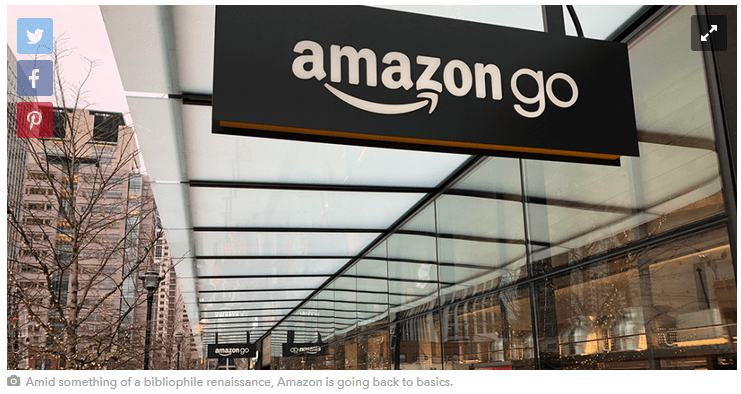Marketers willing to undergo the complex process of taking their online ad spend in-house must prepare to unravel the complex web of contractual relationships, but potentially stand to benefit their wider operation’s financial health.
That’s the conclusion of a recent report by programmatic consultancy Labmatik which notes that the current in-house movement has been driven by a quest for improved operational efficiencies through decisions made outside of a marketing department.
“Too many programmatic marketers are suffering from unaccounted working media inefficiency, suboptimal operating models, and lack management systems to capture the purported benefits,” reads a note.
“Given the billions spent on programmatic ads, we hypothesized by asking: What do these nagging shortcomings cost the shareholders of big budget advertisers?”
In particular tier-one advertisers stand to gain from such audits, with Labmatik’s study using several big-spending advertisers such as Coca-Cola, General Motors plus Procter & Gamble as potential models for the success of such an exercise.
In a report foreword, Ari Paparo, Beeswax, chief executive officer, discusses how the wastage in the programmatic landscape is “being arbitraged out” as the market now enters “the transparency era”.
“It isn’t easy work. Driving out inefficiencies from your programmatic supply chain will probably take as much time as improving bid strategies, but both outcomes add value together,” he notes.
Tom Triscari, Labmatik, managing partner, says although the process of auditing a media supply chain is not without its pain points to ensure that their ad spend goes on actual working media, as opposed to otherwise anonymous third-parties, is a big win-win (see chart).
“Working media, for most large advertisers, is likely lower than most marketers know, have been told or want to believe,” he notes. “The second is because fixing the problem areas is easier than most marketers know, have been told or want to believe.”
The report reads: “We believe when advertisers convert their current supply chain into a unique proprietary system, they can deliver material incremental value to shareholders.”
In the study, Labmatik outlines a technique called “programmatic resource planning” as a means of better accounting for how their media budgets are allocated (see chart below).
As marketers embark on such a project, they also need to embark on a project of “programmatic cost accounting” it is also important to establish baseline measurements in order to calculate potential future savings. For this to be done successfully, it is important to decide which breakpoint to deploy and communicate to their stakeholders. These include:
- Media budget
- Available media budget (AMB)
- Working media before arbitrage, supply and quality costs (WMBASQ)
- Working media before supply and quality Costs (WMBSQ)
- Working media before quality costs (WMBQ)
- Fully-loaded working media (FLWM)
From here marketers should ask themselves some key questions, namely: how do I grow my spend, and how much by?
“From a pure programmatic accounting perspective, which is such an important subject matter for marketers and finance chiefs to understand together, the question becomes: Today I get some amount of reach or conversions with low working media,” says Triscari.
“If I manage to increase my working media by fixing my programmatic supply chain, I can now buy the same reach or conversions as before but with less media budget. What should I do with the cash difference? Keep spending the same as before or put the savings on the bottom line or somewhere in between?”
From here there are a number of potential operations models advertisers can choose to pursue (see chart).
After programmatic working media has been baselined, and the marketer has set a future working media goal aligned to an appropriate operating model, real cash savings can be calculated and captured. However, it is critical to note an important distinction between working media gains and real cash savings.
“For example, it is one thing to grow working media efficiency but still spend the same ad budget as before. It is another to treat the new efficiency as a way to reduce ad budget and pocket the surplus value creation,” reads the report.
The report goes on to document how advertisers can model their savings over a five-year period, and how that could potentially affect a large corporation’s bottom line.
The report contains an epilogue penned by Andrew Altersohn, AdFin, chief executive officer, it reads: “The path to improvement is through financial discipline and supply chain management.
“Marketers must now think like supply chain managers and assess the financial cost and benefits of each player, partner, tool, and technology.”
For a full free copy of Labmatik’s report click here
Feature Image: Successfully auditing a programmatic supply chain can result in tangible cost benefits for large corporations. / Pixabay



















